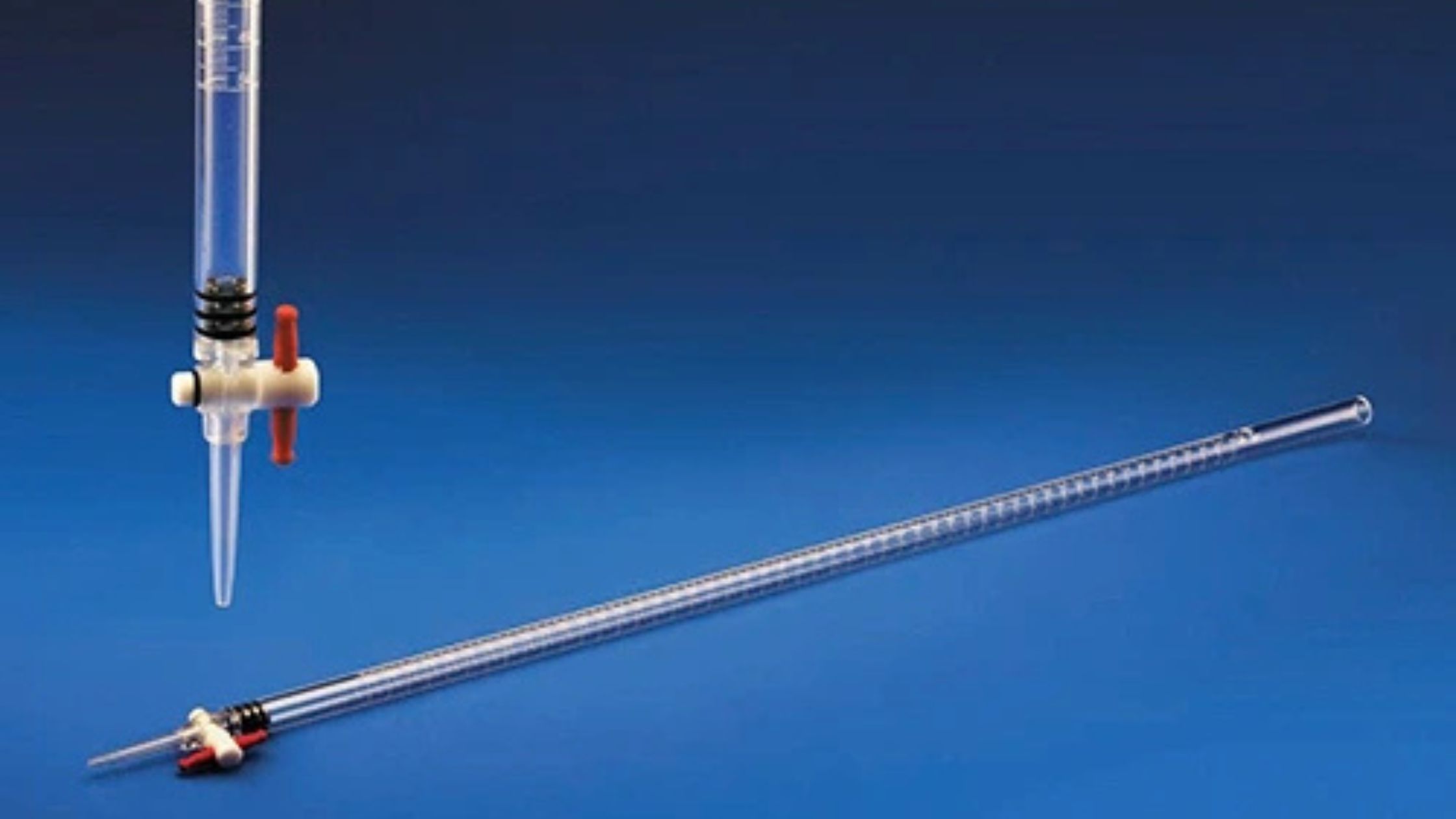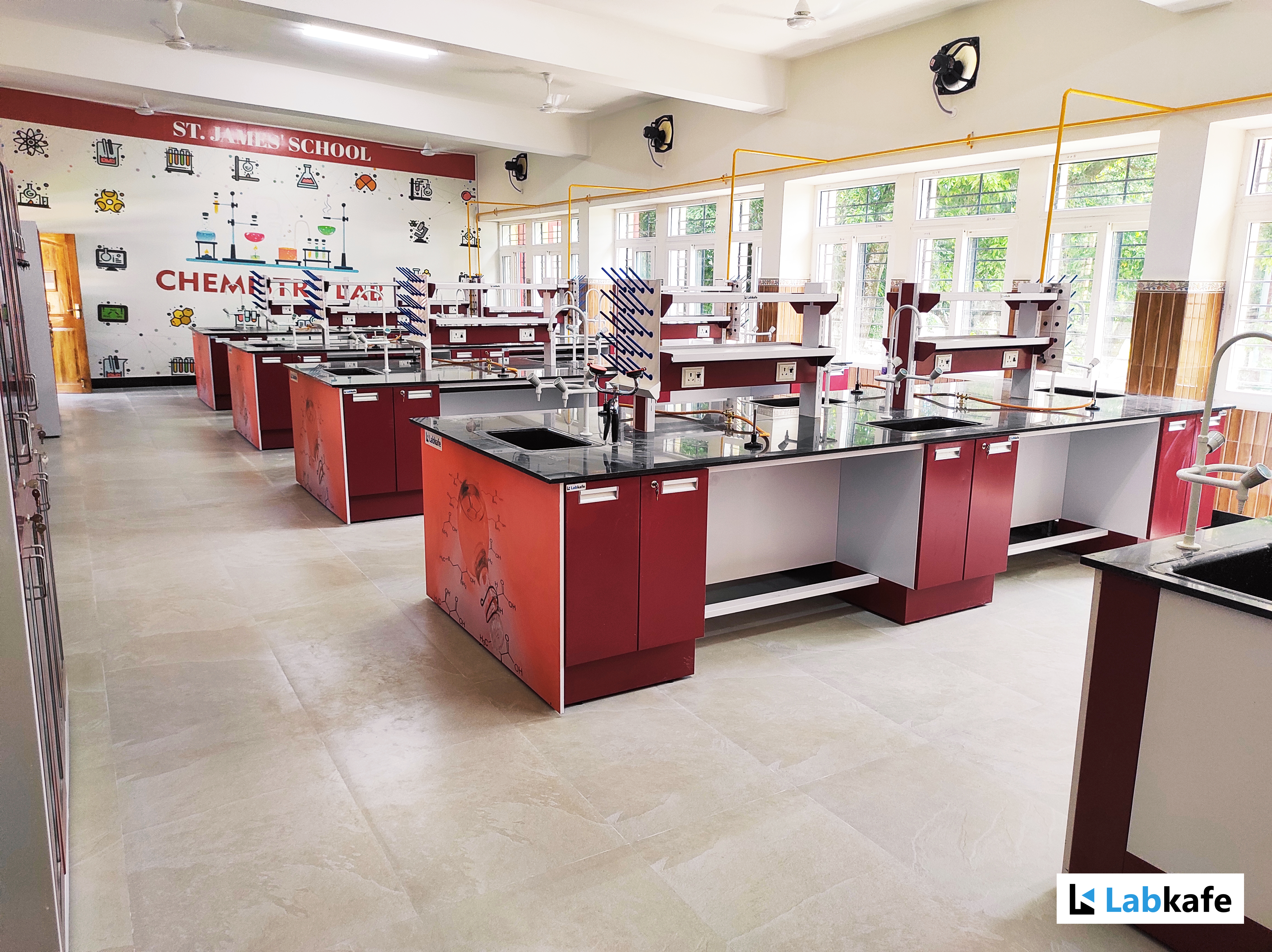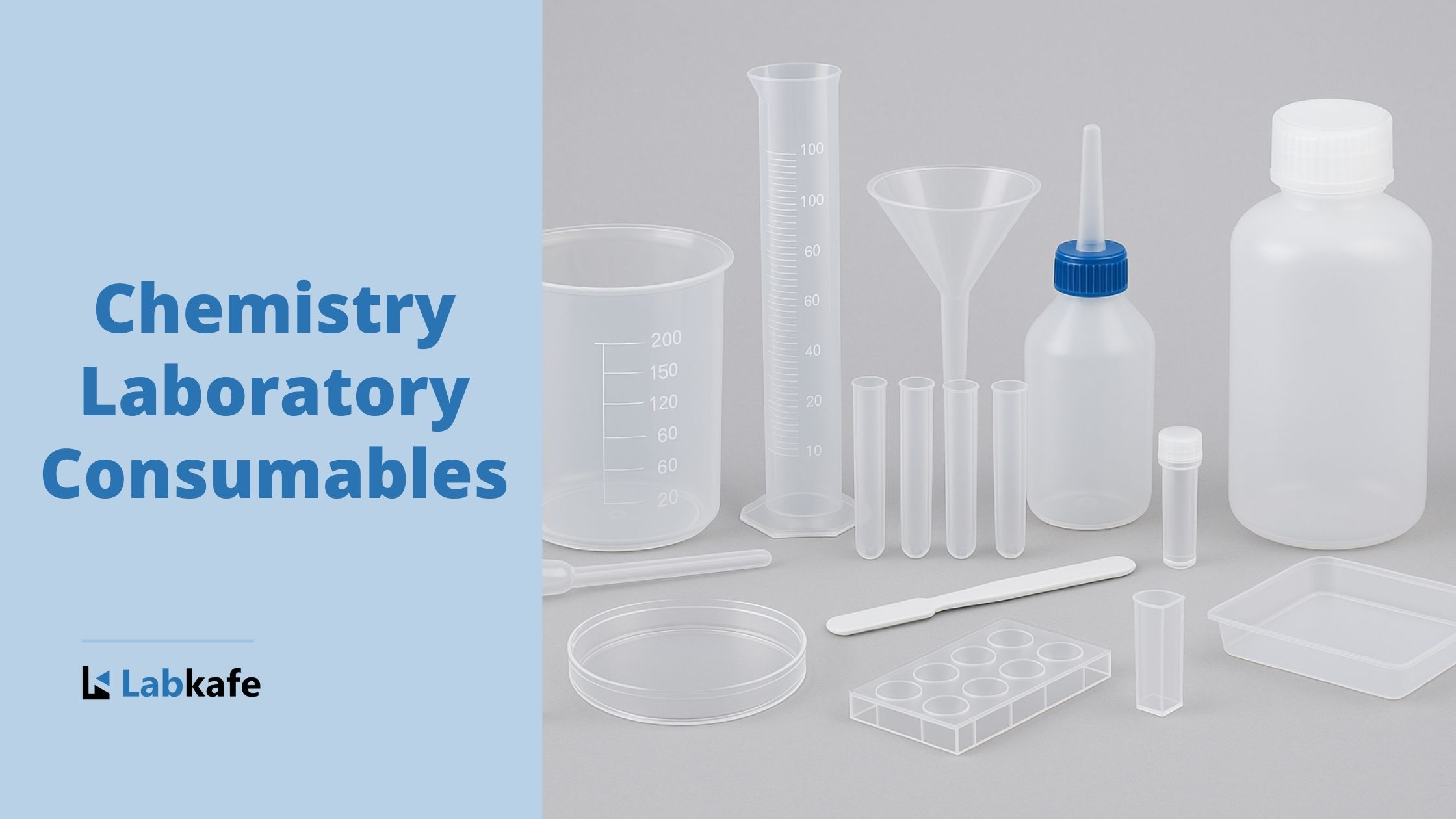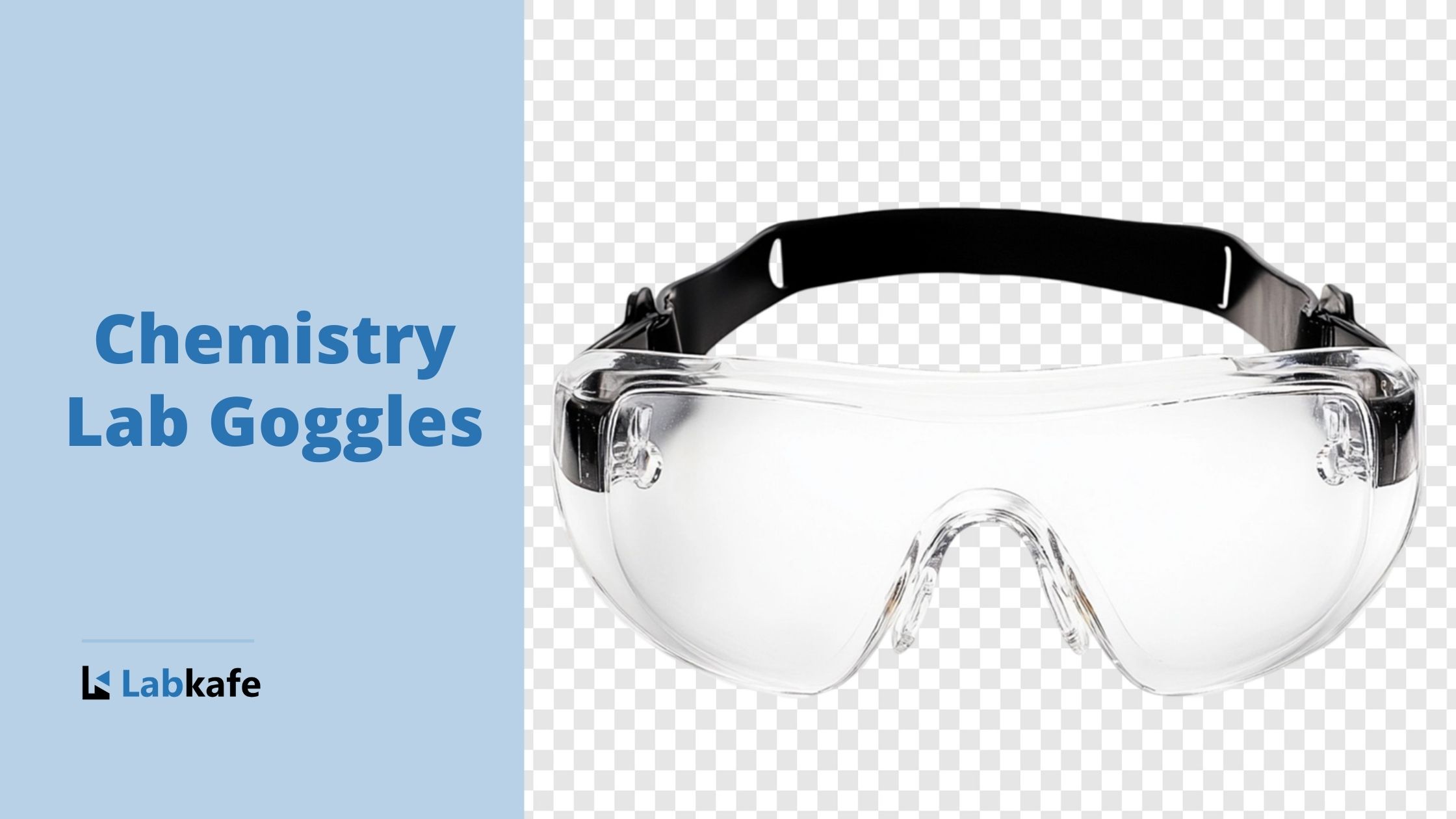A fume hood is a very special piece of laboratory equipment. It is actually an item of lab furniture that you can use to perform dangerous or toxic experiments. Obviously, that would require regular care and cleaning since it provides human safety. Today, we will talk about fume hood maintenance and care.
Ask any top-class scientific institute ‒ they will tell you how important a fume hood is in any chemical or biological laboratory. There are a lot of variations of this specialized lab equipment , depending upon usage; and their maintenance varies with that as well. But all of them agree on one point ‒ a fume hood, regardless of type, can only protect you when it is clean and working properly.

A fume hood has two main functions. The first and most common purpose is to protect the user from toxic fumes and gasses that can come out of the lab apparatus you’ve set up inside the enclosure of the fume cabinet. The second purpose of fume hoods is to protect the user from accidents ‒ from explosions or splashes that may happen in your experiment! But this can only work if the front shash is lowered properly.
Fume Hood Maintenance Checklist
Any lab equipment requires regular maintenance and cleanup, but fume hoods are special in this. Since a fume hood expels harmful gasses and chemicals out of the laboratory and often the experiments done within it are quite dangerous, this piece of lab furniture has to be taken care of more regularly and more carefully. A damaged or malfunctioning fume hood may become a serious health hazard quickly and can even take someone’s life!
There are certain steps you can take to do fume hood maintenance. They are as follows.
- Check for type: Most fume hoods fall in two categories ‒ ducted and ductless. The ducted type needs less care since it generally doesn’t use filters and ducts don’t require much cleaning. The ductless type uses filters a lot and they need to be changed as often as possible.
- Clean up previous mess: Always clean up the mess of the previous work done in the fume hood before leaving it. There will be residual film of chemicals out of the fume, there may be drops of liquid on the work surface, there may be crystal formation ‒ anything at all has to be cleaned up. Use soap and water to clean the inner surface, every inch of it.
- Note: do check if those chemicals are strongly reactive with the soap or water ‒ you don’t want any surprises.
- Repetitive work: Of course, if you are only going to do the exact same experiment again and again, then you may not need to clean up as often. But you do still have to do the cleanup regularly enough, and take care of the electrical equipment inside. However, if you do different kinds of work in the fume cabinet, then you need to clean it every time.
- Internal wash: There are some fume hoods that come with an internal washing system ‒ do make good use of it. Especially if the fumes are the heavy and settling kind. Also, if your experiment spilled or boiled over the glassware or apparatus leaked or something like that, the internal cleaning will come in extremely handy.
- Check for stains: A fume hood should look as good as it functions, and it should function perfectly. Wash and clean the fume cupboard till it shines like new ‒ you don’t want any residue leftover of anything, not even a little soot or hard water stain.
- Deep clean and light cleaning: Vary the cleaning procedure in two intensities ‒ deep clean, where you take apart much of the hood and clean every part serviceable by the user, and light clean where you just make ready the system for the next use quickly. A standard college-grade fume hood can go months without the need of a deep clean. But of course, this would depend heavily on what kind of experiments you are doing in there.
- Don’t forget the bottom: Most Labkafe fume hoods come with under-table storage options. While not as important, you should also check inside these, to see and clean anything spilled or soaked through.

Fume Hood Servicing
Since fume hoods are basically safety equipment, keeping them in top performance is the best way to go and regular servicing is needed for that. Simple cleaning can only take you so far ‒ there are some things you simply can’t do yourself (not unless you are a licensed technician). So, at least once a year, you should call an expert fume hood technician to inspect your fume cupboard.
What does fume hood servicing include?
It would, of course, vary with your fume hood manufacturer’s warranty, but generally, a fume hood service person would check for the following.
- If the silicon lining around the granite tabletop needs patching.
- If the motor needs oiling or maintenance.
- If there is something caught in the duct or bypass.
- If the water or gas inlets are leaking.
- If the duct itself is okay or has cracked or leaked.
- If the electrical wiring needs some patch up.
Above that, in case of some incidents that occurred within the hood, the service person will also check for damages in the cabinet. Fume hood servicing is very important and should be done once a year, at least.
How to Inspect a Fume Hood
As we’ve mentioned earlier, a fume hood is a safety equipment and therefore you have to keep it in perfect condition. So, to ensure that, you will want to check it out from time to time, making sure everything is working fine. Do the following to inspect a fume hood.
- Check the exhaust part and the duct to see if it is unobstructed and able to flow air freely.
- Check the fan/blower to see if it is working properly.
- Check the airflow volume per second of the fume hood. Many fume hoods have some kind of airflow monitor in-built. If your model doesn’t have it, then you can get a small portable airflow meter from the market. The airflow should be within the specified limits.
- Check the baffles and the surrounding area.
- Run the fume cupboard through all its functions ‒ try all the buttons and knobs and switches and see if they are doing exactly what they are supposed to be doing.

Best Practices in Fume Hood Usage
Look before you leap, said wise people. Just so, you should be careful while using your expensive fume hood ‒ safe usage means a safe future and less maintenance. Here are some dos and don’ts of fume hood usage:
- Mind the sash: practice closing the sash as much as possible while using the hood ‒ you never know when something may go wrong with your experiment. Make sure you know how to operate the sash completely and quickly. Never heat something in the hood without first closing the sash. On no accounts, ever, put anything in the hood that prevents the sash from closing completely.
- Don’t lean on it: It should be a no-brainer, but you’ll be surprised how many people working in a lab have a shortage of brains. Do not lean on expensive safety equipment ‒ how much simpler can it be? If you’re tired, sit down!
- No head in the oven: you don’t put your head inside an oven, do you? Please don’t do it here either ‒ keep your head (and other body parts, as much as possible) outside the fume hood. Again, it should be a no-brainer, but when manufacturers have to mention this specifically in the manual, you know what the world is coming to.
- Don’t store stuff in the fume hood: Need we explain this?
- Practice turning things off: You know the old saying ‒ the real wisdom is knowing when to stop? The same goes here. Practice turning all the knobs and switches off. Regularly.
- Use monitors: Keep checking the airflow, temperature, toxicity, etc. with appropriate measurement tools while you use the hood. It may mean the difference between life and death.
- Use a ribbon: Tape a small piece of a brightly colored ribbon to the inside of the sash and keep an eye on that to be aware of the airflow instantly.
- Keep outside air still: Keep the fume hood in an area where there are no drafts of air ‒ naturally or artificially ‒ especially when using the hood. This may intervene with the normal airflow of the hood and create cross-drafts that cause leakage in the wrong direction.
- 15 centimeters: Keep your experiment apparatus and glassware at least 15 cm away from the sash.
- Have a plan B: what if the main power goes off when you’re in the middle of a particularly nasty experiment in the fume hood? Make sure you have a safety plan ready for such situations.
- The KISS rule: “Keep It Simple, Stupid” is a greatly simplified rule to follow in most situations, and using a fume hood is no different. Don’t have too much equipment inside the hood, keep only the dangerous parts and what you need. Unnecessarily cluttering the hood creates air vortices where gasses stay rooted and may come out when you stop the airflow. Also, try not to use bulky equipment in the fume hood, for the same reasons.
In Closure
A fume hood can be the most important piece of equipment in your laboratory, in that it saves lives. To make sure it does that, you have to make sure that it runs perfectly. This is the reason why taking proper care of a fume hood is so important. Good knowledge of fume hood maintenance is mandatory for safe and fruitful laboratory work. If it’s broken or you find anything amiss in your regular inspection, call up the fume hood repair service immediately, and mark it closed for repair at once.












Leave a Reply